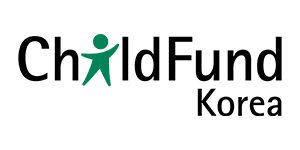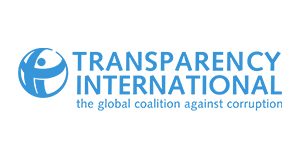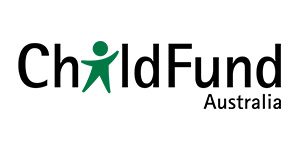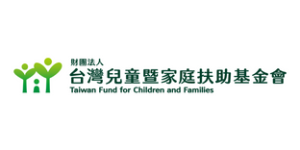Through our accountability reporting process, our Independent Review Panel identifies good practices from the reports sent by our members. Browse our library and get inspired by innovative CSO accountability practices!
Want to find good practices on a specific topic? Click on one of the topics below.





Do you have any questions about our good practices or do you think your organisation has something to contribute?

Accountable Now is a global membership platform. We support our members – and civil society at large – to be more transparent, responsive, impact-focused, and locally led. Interested in becoming a member?
Accountable Now is a member of Accountability Lab’s global translocal network.